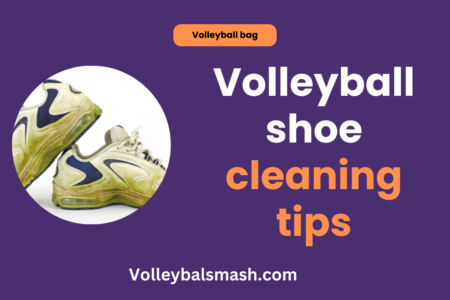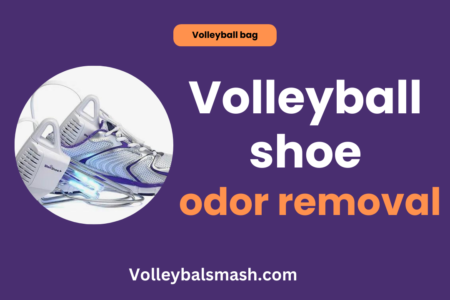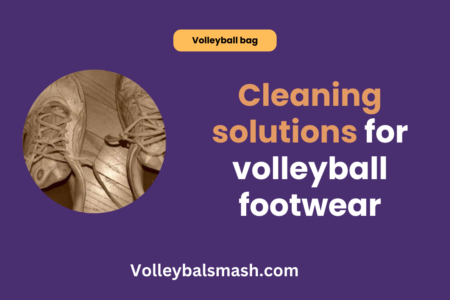Have you ever considered the factors that can impact the durability of a volleyball court? Whether you’re a player, a coach, or just a fan of the game, understanding the elements that can compromise the condition of a volleyball court is crucial for maintaining its longevity. From weather to usage and quality of materials, there are several factors to consider when it comes to ensuring the lasting durability of a volleyball court.

Materials and Surface Composition
Assuming you are looking to build or renovate a volleyball court, the choice of materials and surface composition is crucial in determining the durability of the court. The type of materials used and the surface composition can significantly affect the longevity and performance of the court. Understanding the impact of these factors will help you make informed decisions when planning or investing in a volleyball court.
Types of Materials Used in Court Construction
When it comes to the construction of a volleyball court, the choice of materials is key. The most common materials used include concrete, asphalt, synthetic sports flooring, sand, and natural grass. Each material has its own set of advantages and drawbacks when it comes to durability, maintenance, performance, and cost. After weighing the options, it becomes evident that your choice of material can significantly impact the overall durability of the court.
- Concrete: Durable and low maintenance, but may require additional cushioning to reduce impact on players.
- Asphalt: Cost-effective and durable, but may require regular resurfacing to maintain optimal playing conditions.
- Synthetic sports flooring: Provides excellent shock absorption and is suitable for indoor and outdoor courts, but may have a higher initial cost.
- Sand: Commonly used for beach volleyball courts, low maintenance but may require regular leveling and compacting.
- Natural grass: Provides a natural playing surface but requires regular maintenance and may not be as durable as other materials.
Impact of Surface Composition on Durability
The surface composition of a volleyball court plays a significant role in its durability. The texture, smoothness, and resilience of the surface can impact player safety and the longevity of the court. Proper surface composition can minimize the risk of injuries, enhance gameplay, and extend the lifespan of the court. Factors such as the levelness, hardness, and grip of the surface can influence the wear and tear as well as the overall performance of the court. It is essential to consider these factors when evaluating the durability of a volleyball court.
Environmental Influences
The durability of a volleyball court can be significantly affected by various environmental factors. It is important to understand how these influences can impact the longevity and quality of the court surface. By taking these factors into consideration, you can ensure that your volleyball court remains in top condition for as long as possible.
Effects of Weather Conditions
The weather conditions in your area can have a major impact on the durability of your volleyball court. Extreme heat and cold can cause the court surface to expand and contract, which can lead to cracks and damage over time. Additionally, heavy rainfall can result in pooling water on the court, leading to erosion and weakening of the surface. It is important to take measures to protect your volleyball court from the effects of adverse weather conditions to ensure its long-term durability.
Role of UV Exposure and Climate
UV exposure and climate can also play a significant role in the durability of a volleyball court. Prolonged exposure to the sun’s UV rays can cause the court surface to fade, deteriorate, and become brittle. In areas with high humidity, the moisture in the air can seep into the court surface, leading to warping and weakening of the material. It is essential to consider these factors when choosing materials and maintenance methods for your volleyball court to ensure its resilience in the face of UV exposure and varying climate conditions.
Usage and Maintenance
Lastly, it’s important to consider the impact of usage and maintenance on the durability of a volleyball court. Maintaining your volleyball court is crucial for ensuring its safety, performance, and longevity. According to Maintaining Volleyball Court: Safety, Performance, Longevity, regular maintenance not only extends the lifespan of the court but also enhances the playing experience for athletes.
Frequency of Use and its Implications
The frequency of use of your volleyball court directly impacts its durability. The more often the court is used, the quicker it will wear out. High-frequency usage can lead to issues such as surface abrasion, uneven wear and tear, and potentially hazardous playing conditions. Regular inspections and maintenance are necessary to address these issues and ensure the safety and longevity of the court.
Best Practices for Court Maintenance and Care
To maintain the durability of your volleyball court, it’s essential to follow best practices for maintenance and care. This includes regularly cleaning the surface to prevent dirt and debris from accumulating, repairing any damages promptly, and ensuring proper drainage to prevent water damage. Additionally, applying a fresh coat of paint and sealant at regular intervals can help protect the court surface and maintain its performance quality. Proper maintenance not only extends the life of the court but also ensures a consistently high level of play for all users.
Technological Advancements
Now, technological advancements have greatly impacted the durability of volleyball courts. With the introduction of modern construction materials and sustainable solutions, volleyball court flooring has become more resilient and long-lasting. If you want to learn more, you can read about Introduction to Outdoor Volleyball Court Flooring: A Modern Approach.
Innovations in Court Construction Materials
Recent innovations in court construction materials have significantly improved the longevity of volleyball courts. Advanced materials such as polyurethane and synthetic fibers are being used to create more durable and impact-resistant surfaces. These materials offer enhanced stability and can withstand heavy use, making them ideal for high-traffic volleyball courts. Additionally, these modern materials are engineered to provide reliable performance in various weather conditions, ensuring that your court remains in top condition for years to come.
Sustainable Solutions for Longevity
Another key factor contributing to the durability of volleyball courts is the implementation of sustainable solutions. Environmentally friendly materials and construction methods not only contribute to the longevity of the court but also minimize the environmental impact. Features such as recycled rubber and energy-efficient lighting not only enhance the court’s durability but also align with green initiatives, making your volleyball court a sustainable and long-lasting investment.
Conclusion
Conclusively, the durability of a volleyball court is significantly affected by various factors such as the quality of construction materials, maintenance practices, weather conditions, and usage frequency. By using high-quality materials during the construction phase and ensuring proper maintenance, you can significantly increase the lifespan of your volleyball court. Additionally, protecting the court from harsh weather conditions and managing its usage frequency can further contribute to its long-term durability. By proactively addressing these factors, you can ensure that your volleyball court remains in top condition for years to come.
FAQ
What factors affect the durability of a volleyball court?
The durability of a volleyball court is influenced by several factors, including the type of surface material, maintenance practices, weather conditions, and frequency of use.
How does the type of surface material affect the durability of a volleyball court?
The type of surface material used on a volleyball court, such as asphalt, concrete, or sand, plays a significant role in its durability. Each material has different levels of wear and tear resistance, as well as varying maintenance requirements.
What maintenance practices can help improve the durability of a volleyball court?
Regular cleaning, filling in cracks, resurfacing, and applying sealants are essential maintenance practices that can help extend the life of a volleyball court. Additionally, proper drainage systems and periodic inspections can prevent damage and prolong the court’s usability.



